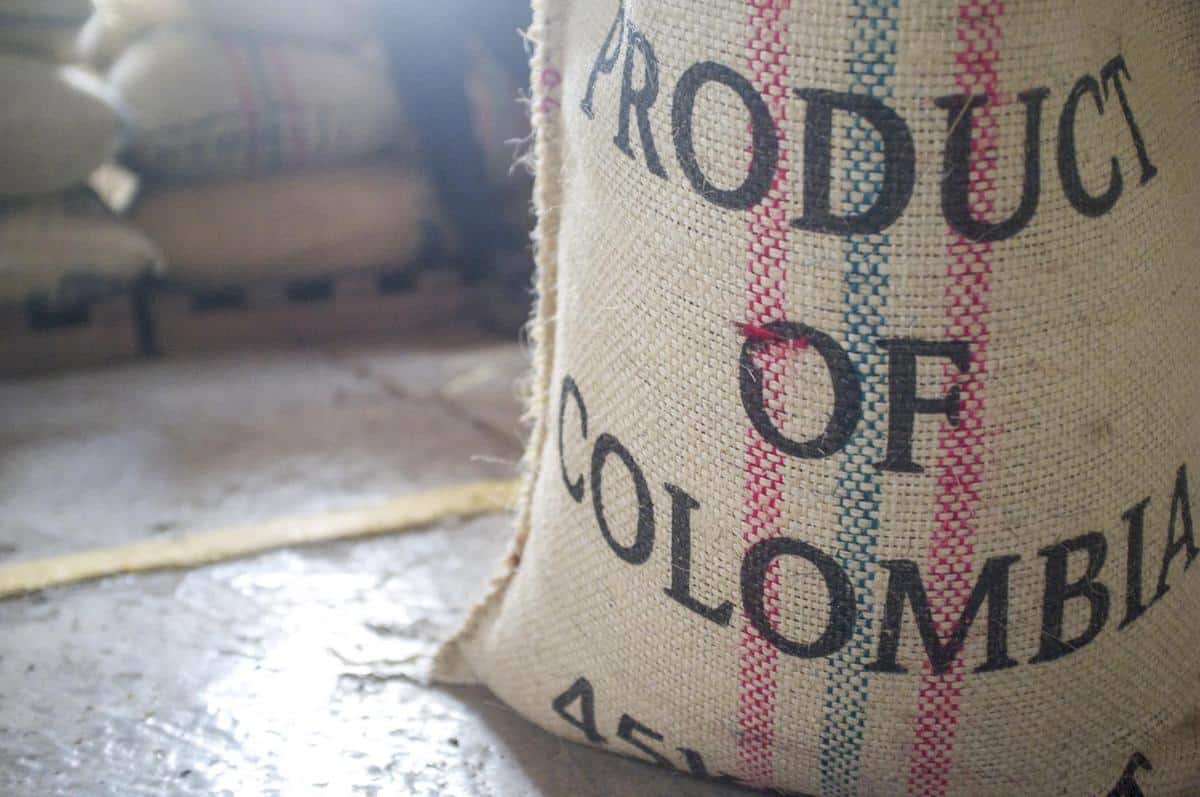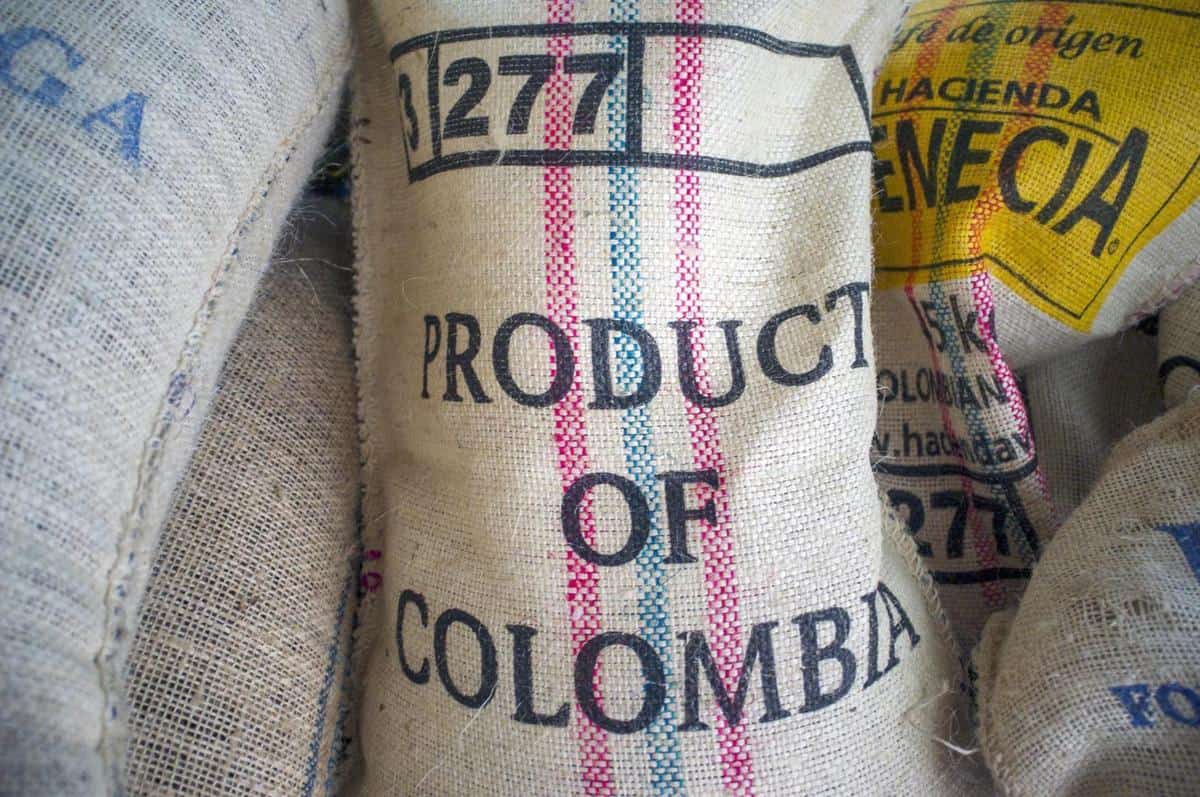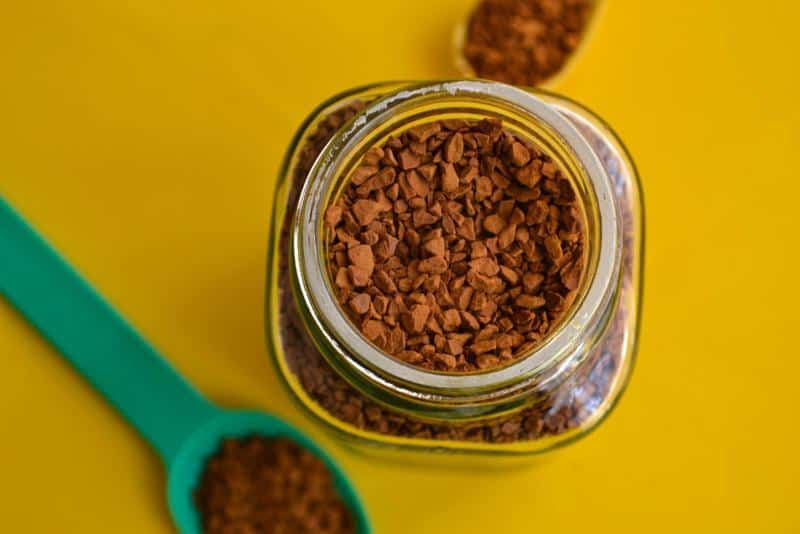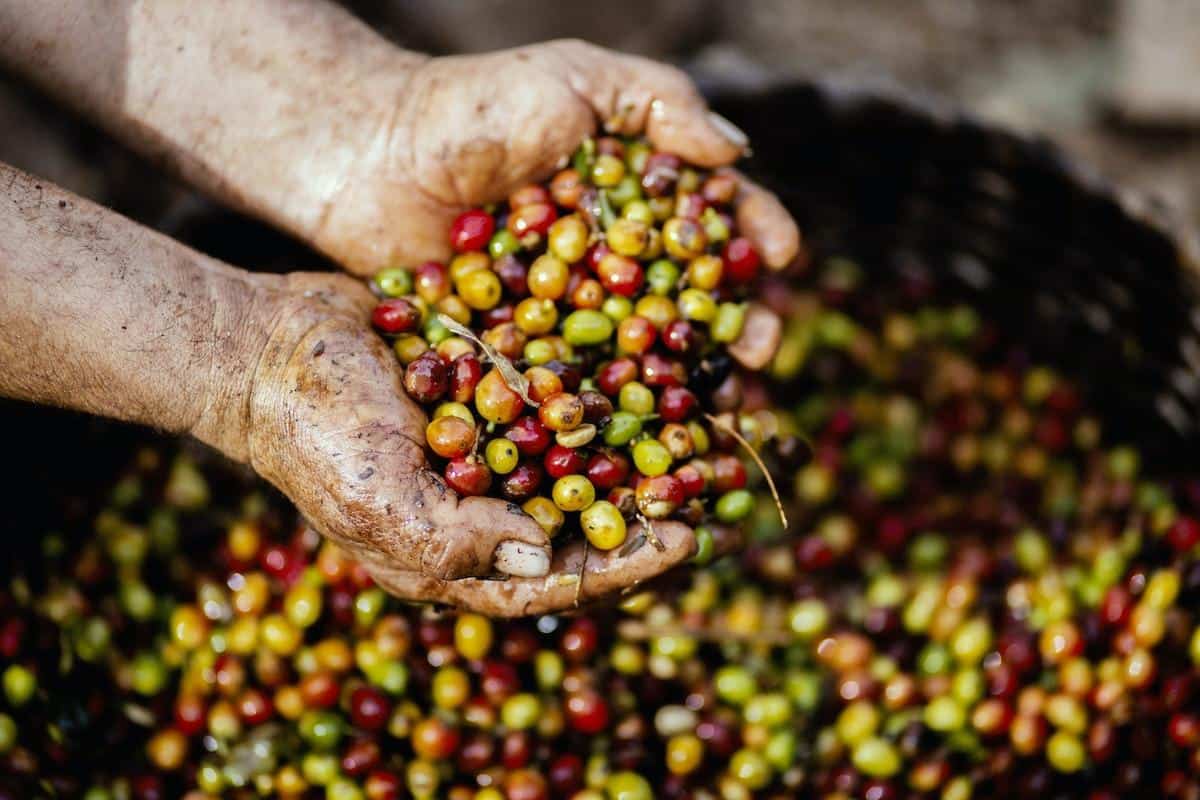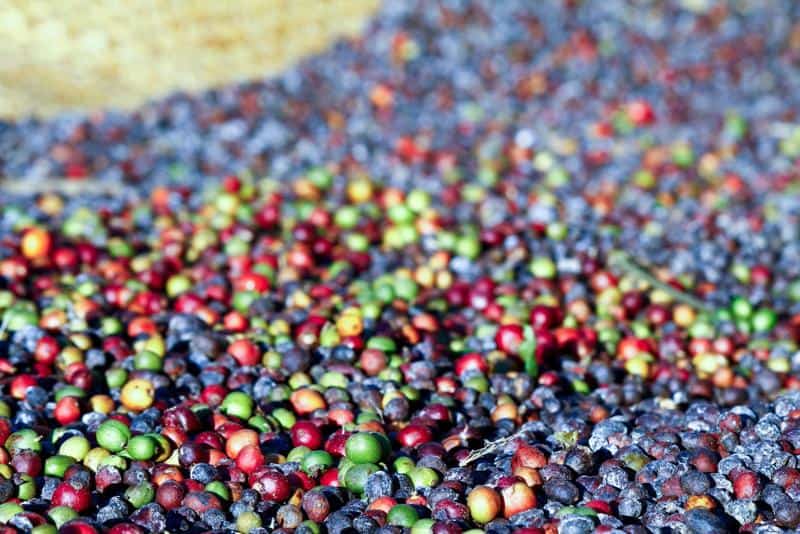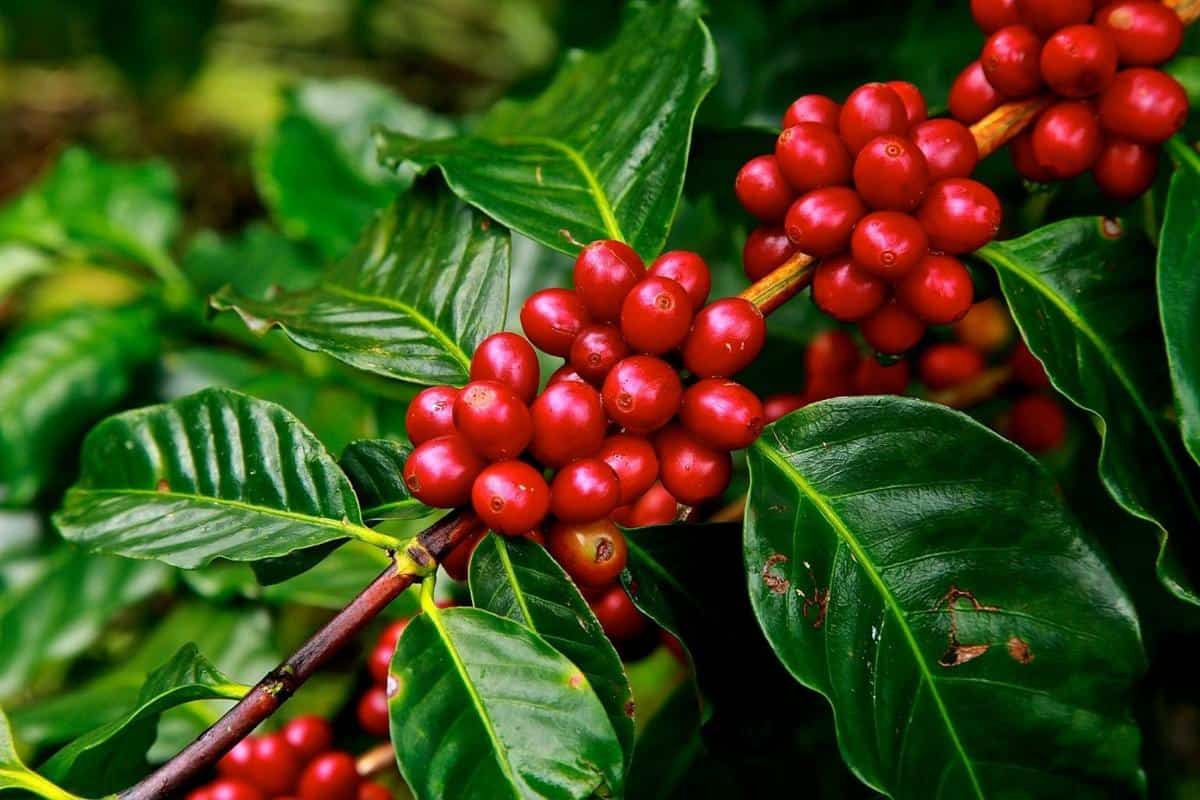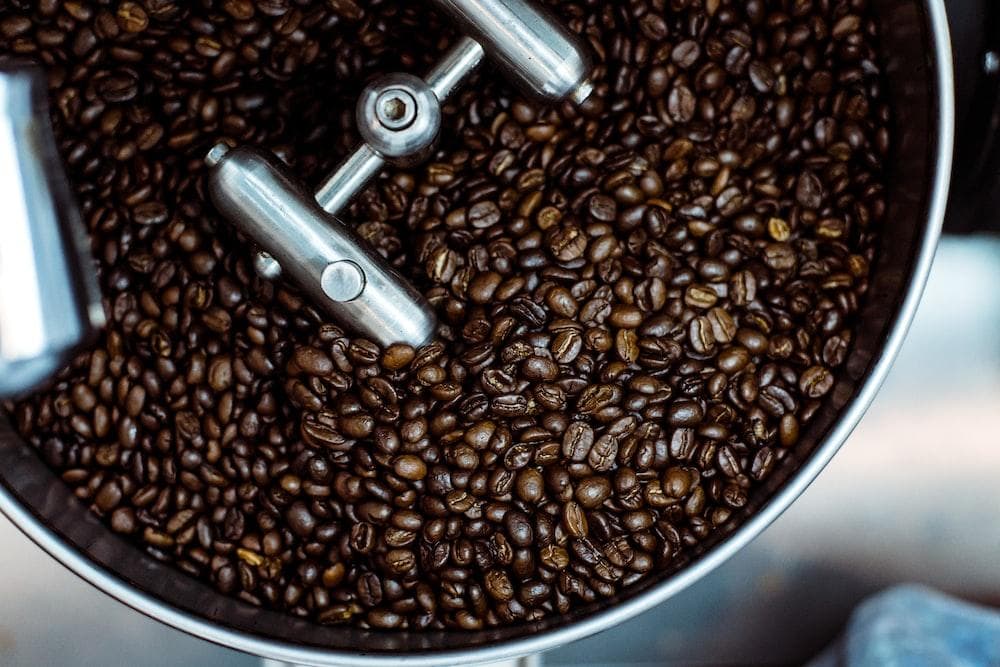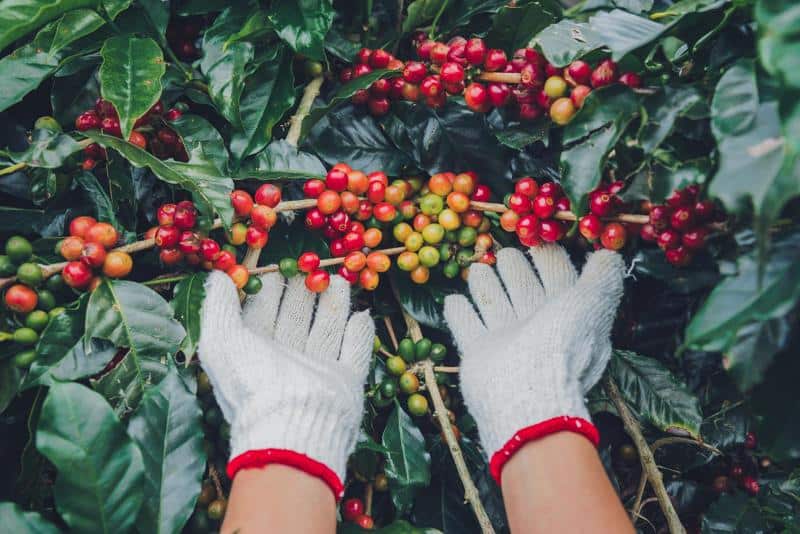Indulge in the exquisite aroma and rich flavor of Colombian coffee, hailed as one of the world’s finest. In this article, we will delve into the art of brewing the perfect cup of Colombian coffee and uncover the secrets behind its unparalleled taste. With its unique characteristics and flavor profile, coffee from Colombia has become synonymous with excellence in the industry.
Colombian coffee is renowned for its exceptional quality and distinct flavor notes that captivate coffee enthusiasts around the globe. Grown in high altitudes, nurtured by fertile volcanic soil, and blessed with abundant rainfall, Colombian coffee thrives under ideal growing conditions. These factors contribute to the beans’ full-bodied richness, vibrant acidity, and irresistible sweetness.
With a centuries-old tradition deeply embedded in Colombian culture, this beloved beverage holds a special place in the hearts of locals and international connoisseurs alike. The journey from bean to cup is steeped in history and heritage, where traditional harvesting and processing methods are carefully preserved. It is these meticulous practices that imbue Colombian coffee with its unmistakable character.
So come along on an enlightening exploration as we take you through each aspect of Colombian coffee delight. From uncovering its origins and understanding different varieties to mastering brewing methods and appreciating unique flavors – this article aims to immerse you in a world where every sip is an invitation to savor true perfection. Get ready to awaken your senses and embark on a journey into the realm of Colombian coffee excellence.
The Coffee Origins
Colombian coffee holds a special place in the hearts of coffee connoisseurs worldwide. Its rich and unique flavor profile has made it one of the most sought-after coffee origins in the world. In this section, we will delve into the rich coffee culture and history of Colombia, unveiling the journey from bean to cup.
Colombia’s renowned reputation as a coffee producer is deeply rooted in its long history with the crop. Coffee cultivation in Colombia began in the early 19th century, and since then, it has become an integral part of the country’s cultural heritage.
The ideal growing conditions found in Colombia contribute to the exceptional quality of its coffee. With high altitude, fertile volcanic soil, and a climate with distinct rainy and dry seasons, Colombian coffee farms boast optimal conditions for producing Arabica beans.
Colombian coffee production is concentrated in specific regions known as “Coffee-Growing Regions,” where farmers adhere to traditional harvesting and processing methods. These regions include Antioquia, Nariño, Huila, Cauca, Tolima, Quindio, Caldas, Risaralda, among others. Hand-picking is still the preferred method for harvesting Colombian coffee cherries to ensure that only ripe cherries are selected. Following harvesting, the beans undergo careful processing methods such as washing or natural drying to preserve their unique flavors.
The journey from bean to cup exemplifies Colombian commitment to quality at every stage of production. From carefully tended farms nestled among stunning landscapes to meticulous processing techniques passed down through generations; Colombian coffee reflects a deep respect for tradition and a mastery of craft. Understanding this journey enhances our appreciation for each cup we savor, allowing us to truly taste the labor of love that goes into every sip.
A Glimpse into Colombian Coffee Varieties
One of the reasons why Colombian coffee stands out in the global market is its diverse range of coffee varieties. Colombia is home to multiple coffee varietals, each with its own distinct flavors, aromas, and characteristics. From Arabica to Castillo, let’s take a glimpse into the world of Colombian coffee varieties.
- Arabica: Arabica beans are the most widely grown variety in Colombia and are known for their exceptional quality. These beans have a smooth and balanced flavor profile with notes of caramel, chocolate, and a hint of fruitiness. They also possess a pleasant acidity that adds brightness to the cup.
- Typica: Typica is one of the oldest varieties cultivated in Colombia and is highly regarded for its delicate and complex flavors. These beans often exhibit citrusy undertones with floral aromas and a medium body. Typica coffees are celebrated for their bright acidity and clean finish.
- Caturra: Caturra is a natural mutation of Bourbon variety that was discovered in Brazil but became widely planted in Colombia as well. This variety produces a cup with a well-rounded body and notes of sweet vanilla, hazelnut, and tropical fruits. It offers a balanced acidity that complements its overall flavor profile.
- Castillo: Created by the Colombian Coffee Federation as an answer to combat coffee leaf rust disease, Castillo has gained popularity among farmers due to its resistance to this devastating fungus. While initially criticized for potential shortcomings in taste compared to other varieties, steps have been taken to improve this aspect. Castillo now presents flavors ranging from chocolatey sweetness to hints of red fruits or almonds.
When brewing Colombian coffee, it’s crucial to understand the unique qualities of each variety and select one that suits your preferences best. Whether you prefer the bright acidity of Arabica or the complex flavors of Typica, exploring different Colombian coffee varietals can open up new avenues for experiencing the rich delight that Colombian coffee has to offer.
The Art of Roasting
Colombian coffee is renowned for its rich and bold flavors, and a key factor in unlocking the full potential of these flavors lies in the art of roasting. Roasting is the process that transforms green coffee beans into the aromatic and flavorful beans we all know and love. In this section, we will explore the significance of proper roasting techniques in enhancing the flavors of Colombian coffee.
Roasting plays a crucial role in developing the unique characteristics of Colombian coffee. The heat from roasting causes complex chemical reactions within the coffee beans, creating a beautiful symphony of flavors. Different roasting levels result in varying flavor profiles, ranging from light and acidic to dark and robust.
When it comes to Colombian coffee, it’s essential to strike a balance between showcasing its natural sweetness and preserving its delicate flavor notes. Lighter roasts tend to highlight bright acidity and fruity undertones while retaining the inherent floral and citrusy qualities found in Colombian beans. On the other hand, darker roasts bring out more caramelized sugar notes with a fuller body but can sometimes mask some of the subtle nuances that make Colombian coffee unique.
Choosing the right roast for your personal preferences is key to enjoying Colombian coffee to its fullest potential. If you prefer a brighter cup with vibrant flavors, opt for a lighter roast. For those who enjoy bolder taste profiles with richer body, darker roasts might be more suitable.
To ensure you’re getting freshly roasted Colombian coffee, consider purchasing whole bean coffee instead of pre-ground options. This allows you to grind your beans just before brewing, preserving their freshness and aromas. It’s worth investing in a good quality burr grinder as it ensures consistent grind size, which is crucial for an even extraction during brewing.
Brewing Methods
Colombian coffee is renowned for its rich flavor and unique characteristics, and choosing the right brewing method is essential in unlocking its full potential. There are several brewing methods that can be used to brew a perfect cup of Colombian coffee, each with its own distinct advantages and nuances.
Whether you prefer a pour-over, French press, or espresso, understanding how each method affects the taste and overall coffee experience will help you achieve a brew that satisfies your taste buds.
Pour-Over Method
The pour-over method is a popular choice for coffee enthusiasts who appreciate precision and control over their brew. To brew Colombian coffee using this method, you will need a pour-over dripper, paper filter, kettle, freshly ground coffee beans, and hot water. Start by preheating your dripper and rinsing your paper filter with hot water to remove any papery taste.
Next, add the desired amount of coffee grounds to the filter and gently pour hot water in circular motions over the grounds until they are fully saturated. Allow the water to drip through the filter into your mug or carafe below. This method allows for exceptional extraction and highlights the nuanced flavors of Colombian coffee.
French Press Method
The French press method offers a full-bodied cup of Colombian coffee with rich flavor notes. For this brewing method, you will need a French press pot or plunger, coarsely ground Colombian coffee beans, and hot water. Begin by adding the desired amount of coarsely ground coffee to the empty French press pot. Slowly pour hot water over the grounds and give it a gentle stir to ensure all the grounds are evenly soaked.
Place the lid on top without plunging yet and let it steep for about four minutes. After four minutes, firmly press down on the plunger to separate the grounds from the brewed coffee. The French press method preserves the natural oils and essence of Colombian coffee, resulting in a robust and flavorful brew.
Espresso Method
The espresso method is perfect for those who enjoy a bold and concentrated cup of Colombian coffee. To make espresso using Colombian coffee, you will need an espresso machine, a burr grinder, freshly roasted coffee beans specifically labeled as suitable for espresso brewing, and filtered water. Start by grinding your coffee beans to a fine consistency, similar to table salt. Preheat your espresso machine and portafilter, then dose the appropriate amount of coffee grounds into the portafilter basket.
Tamp the grounds evenly and firmly before inserting it back into the machine. Attach a pre-warmed cup beneath the portafilter spout and start the extraction process. The result should be a robust shot of espresso with distinct flavors unique to Colombian beans.
Choosing the right brewing method depends on personal preference and desired flavor profiles. Experimenting with different methods will allow you to discover which one best highlights the specific characteristics of Colombian coffee that you enjoy most. Remember to source high-quality Colombian beans, adjust grind size accordingly, and maintain consistent water temperature to achieve optimal results in each brewing method.
Mastering the Perfect Grind
One crucial factor in brewing the perfect cup of Colombian coffee is achieving the optimal grind size. The size of the ground coffee beans plays a significant role in flavor extraction and ultimately determines the quality of your cup. When grinding Colombian coffee beans, it’s essential to consider the brewing method you’ll be using and adjust the grind size accordingly.
To help you master the perfect grind for Colombian coffee, here are some recommendations:
- French press: For this brewing method, a coarse grind is ideal. Aim for grounds that are similar to breadcrumbs or kosher salt. The coarse grind allows for a longer steeping time and results in a full-bodied cup with rich flavors.
- Pour-over: If you prefer a pour-over brew, opt for a medium-coarse grind. The grounds should have the consistency of refined sugar or sea salt. This grind size allows for balanced extraction and highlights the nuanced flavors of Colombian coffee.
- Espresso: For espresso lovers, a fine to medium-fine grind is necessary to achieve optimal extraction within a short brewing time. The grounds should resemble table salt or sand. Keep in mind that espresso machines often require specific adjustments based on their design, so it may be beneficial to consult your machine’s manual or seek advice from professionals.
It’s worth noting that investing in a high-quality burr grinder can significantly improve your brewing experience when working with Colombian coffee beans. Burr grinders produce more uniform grounds compared to blade grinders, ensuring consistent extraction and enhancing overall cup quality.
Experimentation is key when finding your preferred grind size for Colombian coffee. Start by following these general guidelines and adjust according to your taste preferences and brewing method until you discover the perfect balance that unlocks the full potential of this exquisite beverage.
- For French press: Aim for breadcrumb-sized or kosher salt-like coarse grounds
- For pour-over: Opt for refined sugar-sized or sea salt-like medium-coarse grounds
- For espresso: Choose table salt-sized or sand-like fine to medium-fine grounds
- Invest in a high-quality burr grinder for more uniform grounds
The Colombian Coffee Experience
The Colombian coffee experience offers a unique journey of exploring diverse flavors and discovering perfect pairings. When it comes to taste, Colombian coffee is known for its richness, complexity, and balanced flavors. In this section, we will delve into the diverse flavor profiles of Colombian coffee and provide recommendations for food pairings that complement its unique characteristics.
Diverse Flavor Profiles
Colombian coffee presents a broad range of flavor profiles that cater to different preferences. One common characteristic is the medium acidity which adds brightness to the cup. Chocolatey and nutty undertones are often present, offering a comforting and indulgent experience. Additionally, some varieties showcase fruity notes such as berries or citrus fruits, while others display floral and tea-like qualities. Exploring different Colombian coffee varieties allows you to embark on a flavorful adventure.
Perfect Pairings
To fully savor the richness of Colombian coffee, it can be enhanced by thoughtful food pairings. For those who enjoy its chocolatey notes, pairing with chocolate desserts like brownies or truffles provides a decadent combination.
If your preferred variety has fruity undertones, try pairing it with tropical fruits like pineapple or mango to create a summery sensation with every sip. For those who appreciate the floral qualities in their cup of Colombian coffee, pastries infused with lavender or jasmine can elevate the drinking experience.
Unique Colombian Coffee Traditions
Colombia is steeped in unique coffee traditions that add depth to the overall coffee experience. One notable tradition is the “tinto” ritual – an afternoon gathering where Colombians enjoy small cups of strong black coffee as a social activity. This tradition fosters community connections and celebrates the vibrant culture surrounding Colombian coffee. Furthermore, Colombia hosts various coffee sampling events throughout the year where visitors can immerse themselves in tastings and workshops to deepen their understanding of different flavors and brewing techniques.
Exploring the unique flavors and pairings of Colombian coffee is an exciting endeavor that allows for a personalized coffee experience. Whether you prefer the chocolatey, nutty taste or enjoy the fruity and floral notes, Colombian coffee offers something to suit every palate. To fully embrace the Colombian coffee experience, consider trying different varieties and experimenting with various pairings to unlock new dimensions of flavor in your daily cup.
Colombian Coffee Sustainability
In recent years, there has been a growing emphasis on the importance of supporting sustainable practices in various industries, and the Colombian coffee industry is no exception. Supporting ethical and fair trade practices not only benefits the farmers and communities involved in coffee production but also ensures the preservation of the environment and the quality of the coffee itself.
Ethical and fair trade practices in the Colombian coffee industry prioritize fair wages for farmers, sustainable farming methods, environmental conservation, and community development. By purchasing ethically sourced Colombian coffee brands and supporting fair trade certifications, consumers can contribute to these initiatives and make a positive impact on the lives of coffee farmers.
One organization that plays a crucial role in promoting sustainability in the Colombian coffee industry is Café de Colombia. Established in 1927, Café de Colombia represents thousands of small-scale farmers who follow strict guidelines to preserve their land, conserve biodiversity, and promote social welfare. They work closely with national and international organizations to ensure ethical practices throughout every stage of coffee production.
To support ethical and fair trade practices when buying Colombian coffee, look for certifications such as Fairtrade International or Rainforest Alliance. These certifications guarantee that farmers receive fair prices for their crops, adhere to environmentally friendly farming methods, and invest in their communities.
Supporting sustainable Colombian coffee farming not only contributes to a better future for farmers but also guarantees that you are enjoying a cup of coffee that was produced with care for people and the planet.
| Initiatives | Description |
|---|---|
| Fairtrade International | A certification that guarantees fair prices for coffee farmers. |
| Rainforest Alliance | A certification that promotes environmentally friendly farming methods. |
Conclusion
In conclusion, Colombian coffee truly lives up to its reputation as a delightful and rich brew. Throughout this article, we have explored the journey from bean to cup, delving into the origins, varieties, roasting techniques, brewing methods, and flavor profiles of this renowned coffee.
From its ideal growing conditions in the regions of Colombia to the traditional harvesting and processing methods employed by farmers, every step is carefully taken to bring out the exceptional quality and taste that Colombian coffee is known for.
In each sip of Colombian coffee, you can expect a unique flavor experience. The diverse varietals cultivated in Colombia offer distinct flavors, aromas, and characteristics that can satisfy any coffee lover’s palate.
Whether it’s the chocolaty and nutty notes of Arabica or the boldness of Castillo, Colombian coffee has something to offer everyone. And with proper roasting techniques that enhance these flavors and a range of brewing methods to choose from, you have the power to unlock the full potential of your Colombian coffee beans.
To truly appreciate Colombian coffee and immerse yourself in its cultural heritage, it is important to savor not just the taste but also the entire experience. Consider exploring different food pairings that complement Colombian coffee’s unique flavors-whether it’s indulging in chocolate desserts or enjoying tropical fruits alongside your brew. You could also embrace Colombian traditions like participating in afternoon “tinto” rituals or attending exciting coffee sampling events.
Lastly, let us not forget our role as consumers in supporting sustainable and ethical practices in the Colombian coffee industry. By choosing ethically sourced Colombian coffee brands and looking for fair trade certifications, we contribute to fair wages for farmers, environmental conservation efforts, and community development initiatives in Colombia.
In doing so, we not only ensure a better future for those involved in bringing us this delicious beverage but also continue to savor the richness that each cup of Colombian coffee offers.
So brew your own perfect cup of Colombian delight today, explore its flavors and pairings, and experience the cultural heritage that surrounds it. With each sip, you’ll appreciate the careful craftsmanship and dedication that goes into producing this exceptional coffee. Support the Colombian coffee industry, make a conscious choice for sustainability, and savor the delight it brings to your senses.
Frequently Asked Questions
What is the best coffee in Colombia?
Colombia is renowned for producing some of the best coffee in the world. While it’s subjective to determine the absolute best coffee in the country, there are several notable varieties that stand out. One esteemed Colombian coffee is the Geisha variety, known for its delicate and complex flavor profile with floral notes.
Another highly regarded option is the Supremo coffee, characterized by its smoothness, well-balanced acidity, and medium body. Additionally, specific regions like Huila and Antioquia are recognized for their exceptional coffee quality.
What is Colombia famous for coffee?
Coffee has become synonymous with Colombia due to its long-standing reputation for producing high-quality beans. It is one of Colombia’s most famous exports and a crucial part of its national identity.
The country’s ideal climate conditions, including fertile soil and high altitudes, create an optimal environment for growing Arabica beans, which are prized for their flavorful characteristics. Colombian coffee’s consistently excellent taste has made it highly sought after worldwide.
What makes Colombian coffee different?
Several factors contribute to what sets Colombian coffee apart from others. First and foremost is the unique geography of Colombia that provides the perfect conditions for cultivating exceptional beans.
The combination of volcanic soils, diverse microclimates, varying altitude levels, and ample rainfall influences the flavor profile of Colombian coffee. Moreover, strict regulations governing cultivation and processing techniques ensure consistency in quality across different farms and regions within Colombia.
Is coffee from Columbia good?
Yes, Colombian coffee is widely considered to be good due to its consistent quality and distinct flavor characteristics. Over many decades, Colombian farmers have honed their skills in cultivating Arabica beans to produce a consistently superb cup of joe.
The rich volcanic soils and high altitudes impart a natural sweetness into the beans while retaining a balanced level of acidity that contributes to a satisfying taste experience.
What does 100% Colombian coffee taste like?
100% Colombian coffee offers a distinct taste profile that discerning coffee enthusiasts appreciate. It often exhibits a medium body with bright acidity that gives it a crispness on the palate.
The flavor is typically characterized by a well-rounded sweetness combined with notes of caramel, chocolate, and nuts. The taste can vary depending on the specific region where the beans are grown and other factors like processing methods, but overall, 100% Colombian coffee delivers a robust yet balanced cup with a delightful combination of flavors.

